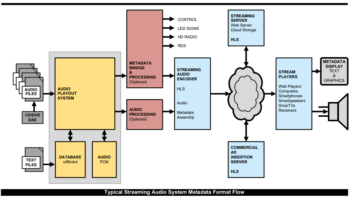The National Radio Systems Committee this week revised and streamlined its AM standards. The members also voted to adopt two guideline documents and to retire one AM radio receiver standard.
Radio World’s “The Leslie Report” previewed the moves last week.
The AM Broadcasting Subcommittee adopted the NRSC guideline, “NRSC-G100, Bandwidth Options for Analog AM Broadcasters.” The document is a guideline for broadcasters who wish to operate their AM facilities with audio bandwidths below 10 kHz, and offers an explanation of why reduced AM bandwidth may be advantageous, an argument that is contentious for some in the AM community.
Additionally, the AMB Subcommittee adopted NRSC-1-A, “NRSC AM Pre-emphasis/de-emphasis and Broadcast Audio Transmission Bandwidth Specifications,” and NRSC-2-A, “Emission Limitation for AM Broadcast Transmission.”
These are revisions to previously adopted standards, as a result of the group’s periodic standards review process.
NRSC-3, “Audio Bandwidth and Distortion Recommendations for AM Broadcast Receivers,” was retired because it has not been widely adopted, according to the NRSC.
NRSC-G200, “Harmonization of RDS and IBOC Program Service Data Guideline,” was adopted by the Digital Radio Broadcasting Subcommittee. This guideline discusses specific text message features of the NRSC’s IBOC (NRSC-5-A) and RBDS (NRSC-4-A) standards, and defines an intended use to allow broadcasters to send, and receivers to display, common information independent of whether the data signal is being received from IBOC or RDS.
These documents will be available on the NRSC’s Web site at www.nrscstandards.org, following a final, procedural review, which will take approximately four weeks.












